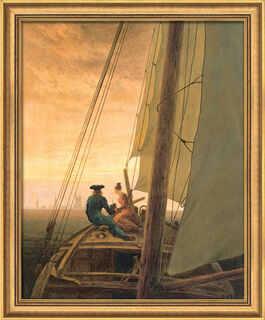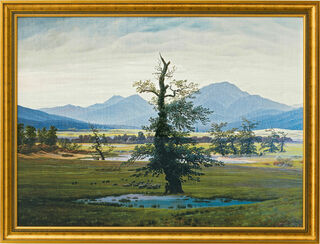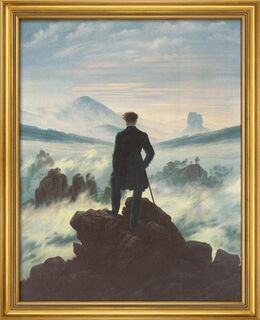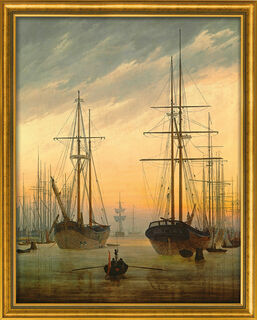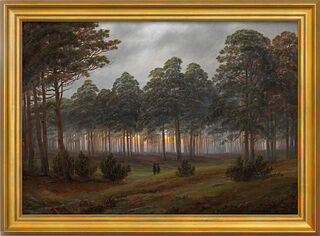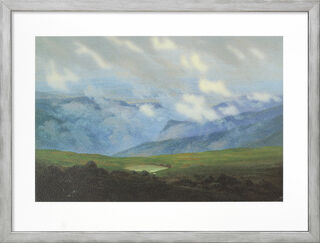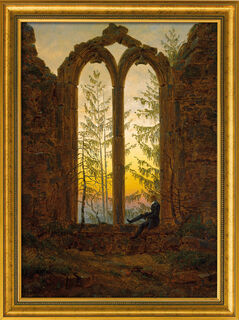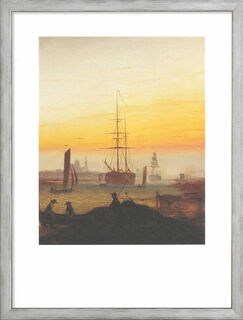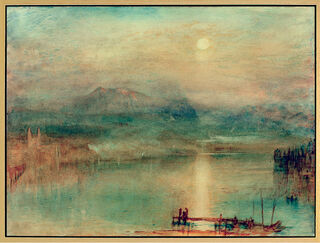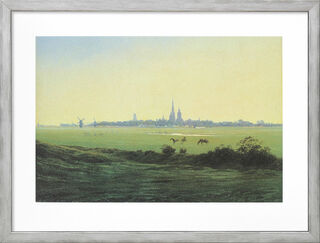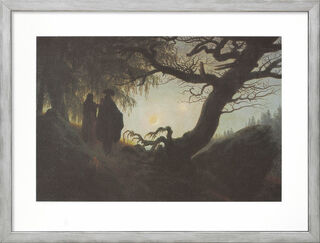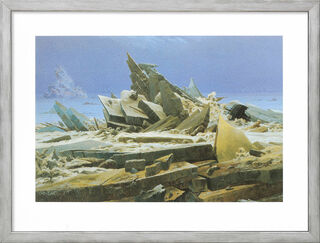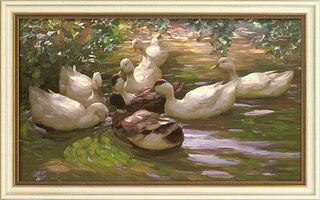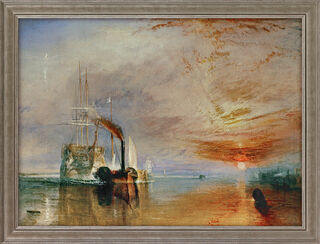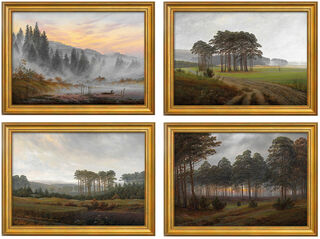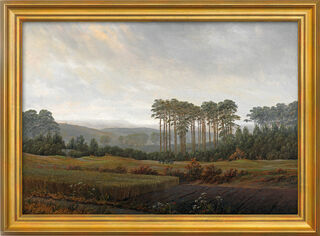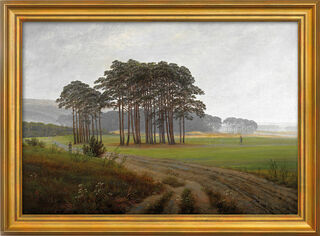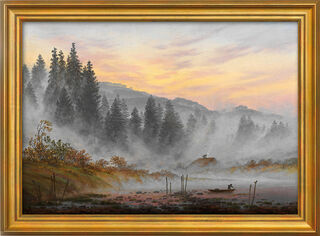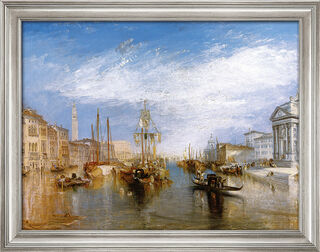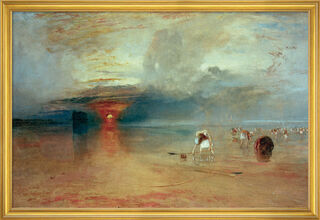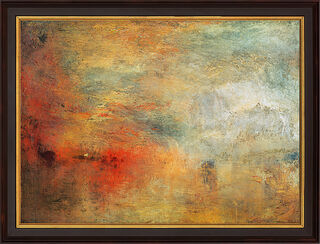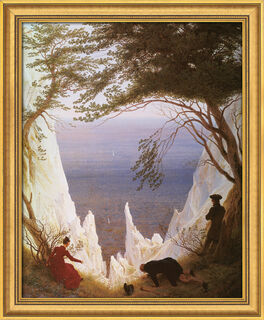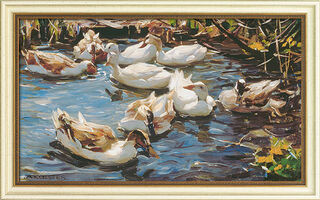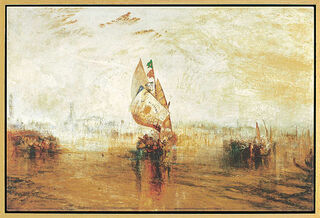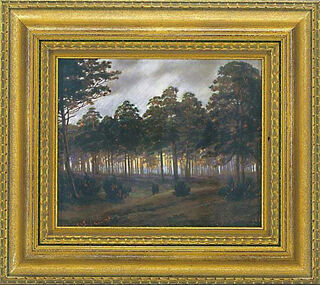Romanticism
Art of Romanticism: Back to Humans and Nature
The pictures from Romanticism fascinate with their idyllic landscapes, spectacular seascapes, and imposing city views in perfect craftsmanship. Many works of this epoch, for example, the pictures of Caspar David Friedrich or William Turner, are well-known and popular. However, the paintings of the Romantic epoch do not appear as an independent epoch according to art history. In terms of the content, it belonged to a movement that became popular from about the end of the 18th to the middle of the 19th century within the societies of Germany, France, and England. On the one hand, the central characteristics of Romanticism were resistance against the growing influence of science and technology. On the other hand, it was a return to humanity, nature, and traditional values. Painters embraced this philosophy by focusing on the emotional side of human beings and depicting nature in an idealised way. However, the art of Romanticism was unable to develop an independent style or imagery.
Motifs of Romanticism: Focus on the Sensitive Human Being
Romantic painting found its uniqueness primarily in its choice of motifs. Since the entire epoch saw itself as a countermovement to rationalism, the painters also devoted themselves primarily to the feelings and the soul of humans. Love, passion, longings, and fears were among the major themes they took up in their paintings. Dreams and fantasies, as well as mysticism, the transcendental, and a return to the divine, were other motifs of Romanticism. Nature and its close connection to humans were also given great importance and celebrated in opulent landscape depictions. These themes were pictorially realised in various ways. Sometimes the paintings were full of symbolism. At other times, they also had a narrative character. Romantic pictures were dramatic and full of pathos, yet they could also radiate a calm and harmonious mood.
Although Romanticism didn't introduce a distinct style from an academic standpoint, its composition was sometimes quite progressive. One of Caspar David Friedrich's pictures even caused a real scandal: In his romantic painting "Tetschen Altar" (Cross in the Mountains) from 1808, he painted a crucifix in the middle of a forest landscape. The painting sparked outrage in conservative social circles for several reasons. Among other things, perspective and lighting were incorrectly executed in the picture. The greatest criticism, however, was directed at the motif itself. Friedrich was accused of uniting the previously subordinate landscape painting with the highly regarded sacred art in an inappropriate way, breaking a taboo in painting.
Painting Between Naturalism, Staging and Idealisation
Romanticism coincided with the epoch of Classicism. Since this art style was also characterised by rationality and sobriety, the Romantics clearly distinguished themselves from Classicism. In terms of imagery, however, they were still close to the naturalistic mode of the depiction of the classicist artists. Thus, a typical characteristic of Romanticism was that people and nature were depicted as extremely natural, but the standard was never to depict reality. Rather, painting served the Romantic artists as an escape from reality. Nature and landscapes were depicted in an idealised way, elevated through staging, and adapted in composition and perspective to a dreamy vision. Finally, the subjective feeling of the artist should always flow into these paintings. "The artist should paint not only what he has in front of him, but what he sees inside himself," was a programmatic sentence by Caspar David Friedrich. At ars mundi, you can buy pictures from the Romantic epoch by artists such as Caspar David Friedrich or William Turner.

